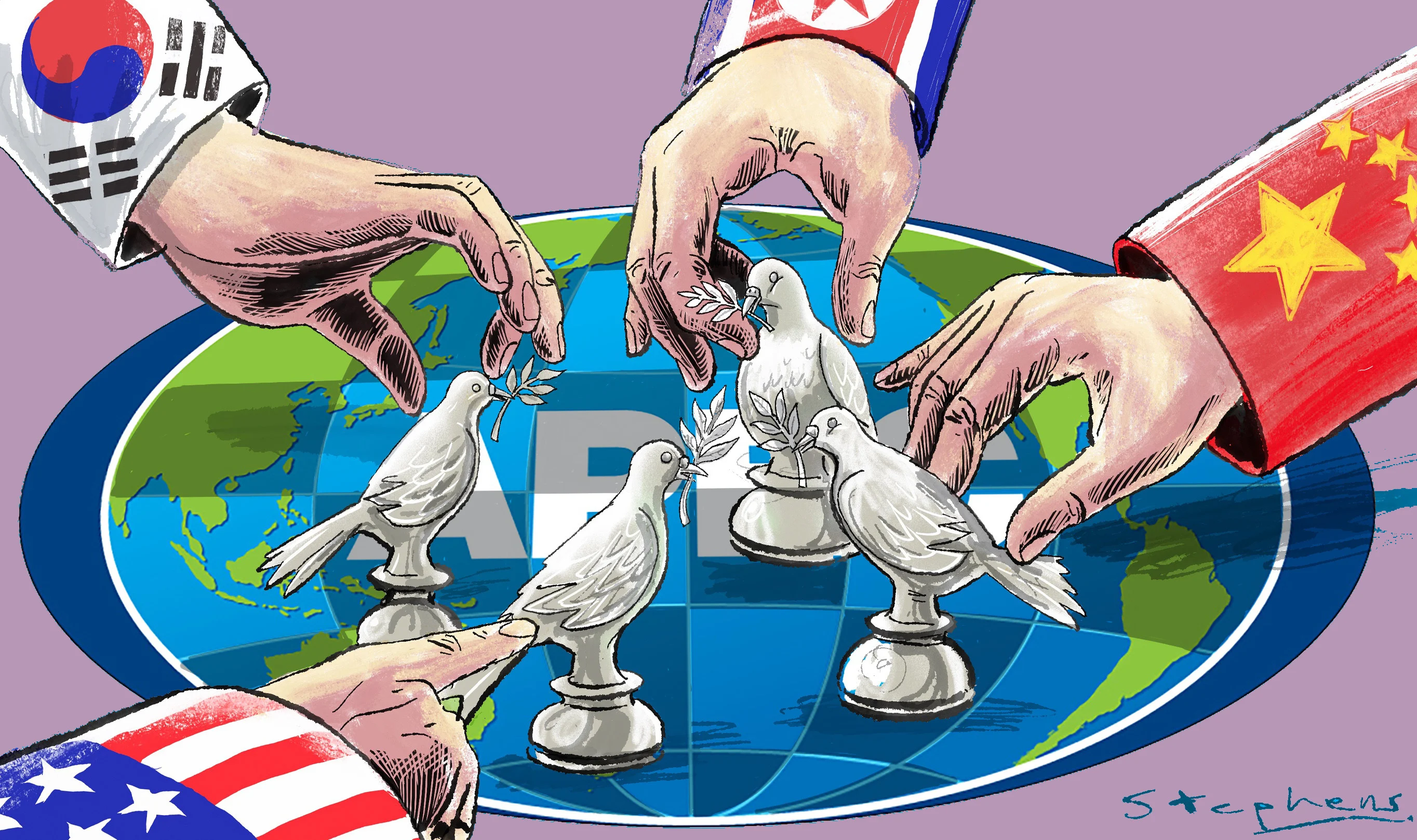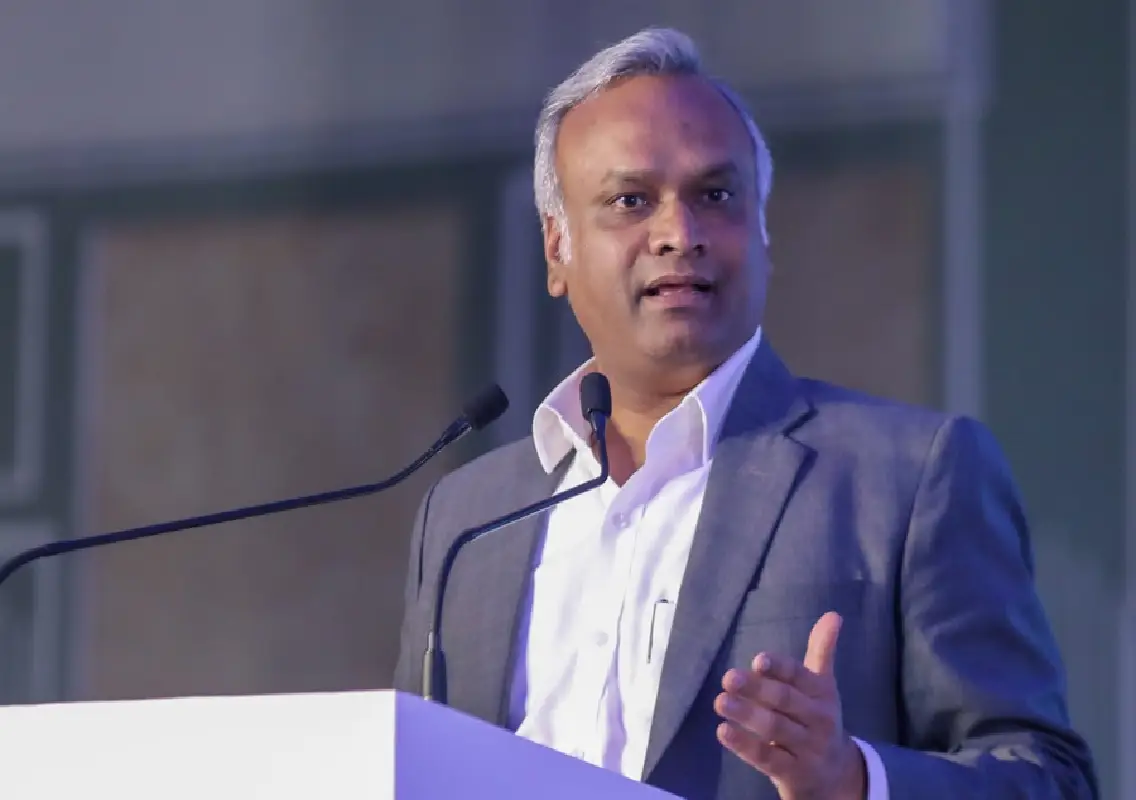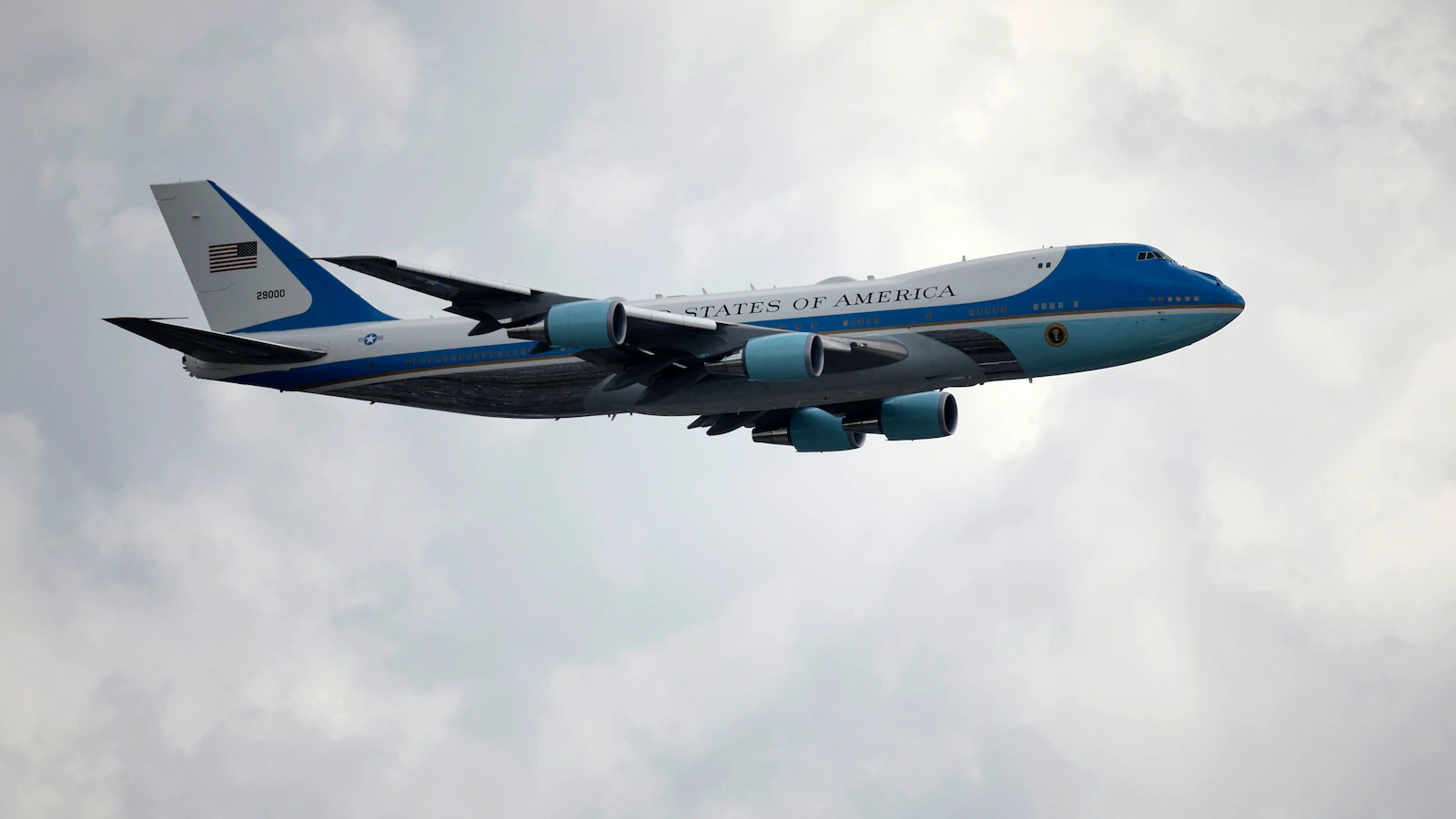By Lee Min-Yong
Copyright scmp

The Apec Economic Leaders’ Meeting is just over a month away. Hosted in the ancient Korean capital of Gyeongju, the summit will bring together leaders from the 21 members of the Asia-Pacific Economic Cooperation forum. With both the US and Chinese presidents expected to attend, the gathering is poised to serve as a significant diplomatic stage against the backdrop of mounting tensions on the Korean peninsula and growing uncertainty in global affairs.
After North Korean leader Kim Jong-un’s appearance at China’s recent Victory Day military parade, signs have emerged of a potential China-Russia-North Korea alignment. Attention is turning to how this might influence the Apec meeting. Kim’s China visit could be both an attempt to break out of diplomatic isolation and a calculated step with the Apec meeting in mind.
The move recalls his earlier strategy whereby he met Chinese President Xi Jinping several times ahead of his summits with US President Donald Trump in 2018 and 2019. Given this precedent, the Apec gathering could open the door to a US-North Korea summit, or even a trilateral meeting involving South Korea.
Kim’s China visit should be seen as more than just ceremonial attendance; it is also a signal that North Korea is stepping onto the stage of multilateral diplomacy. Still, given Pyongyang’s limited autonomy and Beijing’s dominant influence, it would be prudent not to overstate it as a major diplomatic breakthrough.
The consecutive hosting of the Apec forum by South Korea this year and China next year offers both nations a practical opportunity to design a framework for regional cooperation. In this context, Xi’s visit would be a moment to maximise Beijing’s influence, not only in relations with Seoul but also on the broader diplomatic stage. Apec, with its non-binding nature, is an ideal venue to build consensus and encourage dialogue.
The US is also a crucial player in shaping outcomes. Trump’s presence could pave the way for not only a summit with China, but also with North Korea – and even a trilateral meeting with South Korea – all under the mediation of Beijing and Seoul. Ultimately, China’s ability to mediate is essential, and South Korea must actively assume the role of “pacemaker”, guiding the process from agenda-setting to execution.
The Asia-Pacific is a dynamic region with a fragile security framework, but it isn’t defined by widespread conflict. The apparent stand-off between North Korea, China and Russia on one side, and South Korea, the US and Japan on the other, is less a revival of the Cold War than a strategic misinterpretation. This optical illusion has emerged as the global centre of power shifts towards Asia.
Although the leaders of China, North Korea and Russia stood together at the Victory Day event, their underlying interests are unlikely to be fully aligned. With Xi’s expanding global leadership, the diplomatic subordination of Russian President Vladimir Putin and Kim has become clearer.
Last year, China shipped over 48 per cent of its exports by value to fellow Asian countries; trade with the US, Japan, South Korea and the European Union together accounted for about 40 per cent. This reality constrains China’s options. Even if North Korea and Russia seek a return to a trilateral system, it is unrealistic for China to revert to a Cold War structure.
There is hope that the Apec forum will open new avenues, particularly for addressing issues on the Korean peninsula. The new South Korean administration has committed to easing tensions, and China is well placed to be a key driver in this process.
China influences both Koreas in economic and security matters. This is often summarised as South Korea relying on the US for security, North Korea depending on Russia for security – and both depending on China for their economies. It underscores China’s dual role as a partner in prosperity and a stakeholder in security.
Even with growing Russia-North Korea military ties, China remains Pyongyang’s blood ally. While the US is South Korea’s blood ally, China is also a strategic partner to Seoul in security affairs. South Korea depends on the US for deterrence, including nuclear deterrence, while looking to China to maintain stability on the peninsula. Thus, the reality cannot be fully understood through the framework of “security with the US, economy with China”.
The possibility of a US-North Korea summit on the sidelines of the Apec meeting is drawing considerable attention. There may well be a similar scenario to the 2019 Trump-Kim Panmunjom meeting, an apparently impromptu arrangement made during the Osaka G20 summit. Kim’s Victory Day appearance adds to the speculation. With both Trump and Kim stressing their rapport, the summit could offer a chance to reopen dialogue.
Even when politics and diplomacy open the door, it is people and culture that provide lasting strength. Peace enforced by power is fragile, while lasting peace rests on the trust built through cultural and personal exchanges.
With South Korea and China hosting Apec in succession, it could serve as an opportunity to return bilateral relations to a more stable footing. Exchanges among youth, cooperation between academia and local governments, and the spread of cultural content can ease tensions and foster goodwill.
The Gyeongju Apec summit must show the international community it is not only about economics, but also a rare chance for Northeast Asia to move beyond bloc divisions and lay the groundwork for a new multilateral order for peace.



